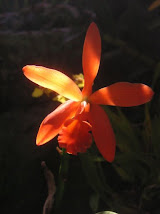 The Fijian cuisine in pre-colonial times consisted of root crops, vegetables, fruits, and various land animals such as wild pig and birds. The coastal tribes would have had the same, adding a large amount of local seafood. These was prepared with local herbs and spices on wood fire rock ovens.
The Fijian cuisine in pre-colonial times consisted of root crops, vegetables, fruits, and various land animals such as wild pig and birds. The coastal tribes would have had the same, adding a large amount of local seafood. These was prepared with local herbs and spices on wood fire rock ovens. Cooking areas were located in the center of house so the smoke would repel insects and strengthen the roof thatching.
Another popular method of cooking, which is still used today, is the lovo which is an earth oven —a fire made on in a pit in the ground lined with heat-resistant stones. It closely resembles the hangi of the New Zealand Māori. When the stones are hot, food, wrapped in (banana) leaves, is placed in the pit, covered with soil and left to cook before being exhumed and eaten.
Dishes cooked this way include  palusami (parcels of taro leaves saturated with coconut milk, onions, and sometimes tinned meat)
palusami (parcels of taro leaves saturated with coconut milk, onions, and sometimes tinned meat)
 palusami (parcels of taro leaves saturated with coconut milk, onions, and sometimes tinned meat)
palusami (parcels of taro leaves saturated with coconut milk, onions, and sometimes tinned meat) Ceremonial cannibalism was also performed. Not so much for sustenance but more as a means to humiliate your enemy by consuming him. This practice is now extinct. An English missionary’s death in 1867 was the last recorded incident of cannibalism in Fiji.





























No comments:
Post a Comment